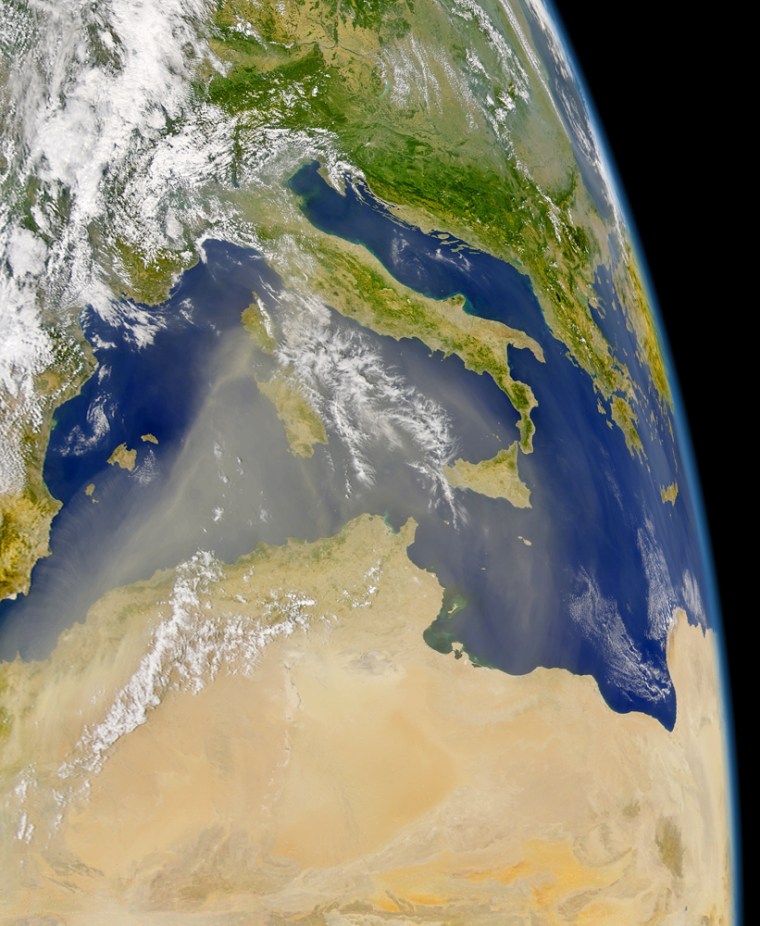Dust clouds from the Sahara Desert have grown tenfold over the last half century and threaten the global climate -- but don’t blame the camels.
“Toyota-ization,” or the increasing numbers of four-wheel drive vehicles speeding over the sand, has become a major factor exacerbating the problem, a British expert said on Friday.
“It’s the Toyota or Mitsubishi or whatever it may be that’s replaced the camel for many people there. And they charge around disturbing the surface,” Oxford University geography professor Andrew Goudie told Reuters.
“Then you’ve got all these tourists and people who charge around, and people who just love driving in deserts, all these SUVs and so on.”
Prosperity means SUVs
Goudie, who has been investigating dust and deserts since the mid-1970s, said the problem began with the expansion of four-by-four traffic in the desert after World War II. But it has worsened of late as wealth and car ownership have spread.
“People in areas like the Middle East were quite poor until the oil boom,” said Goudie, who gave his findings at the International Geographical Congress in Scotland this week.
Increased drought due to climate changes, overgrazing and plowing have also played their part in increasing the amount of dust coming out of some parts of the Sahara by nearly 10 times since the late 1940s, the academic said.
The Sahel zone south of the Sahara also has acute problems.
Advice includes bans, wires
Goudie called for strict measures like bans on vehicles in sensitive areas, wires across the desert to block four-by-fours but not animals, and plenty of warning signs.
“This is being done quite successfully in parts of Namibia,” he said of the signs.
Vehicles, he explained, break the crust of the desert which would otherwise be relatively stable due to algae, lichens, clay or pebbles on the surface.
“When you start driving over these surfaces, you break that surface crust and then the fine dusty material underneath can be driven out into the atmosphere in dust storms.”
Latest estimates of global dust emissions are about 2 to 3 billion tons each year, with particles from Africa traveling as far as Greenland and the Caribbean, he said.
This poses a threat to human health, exacerbates global climate changes and can have a detrimental effect on other habitats including even coral reefs.
'A truly global issue'
Britain, for example, has seen an increase in “blood rain,” so-called because of its dusty, reddish color, Goudie said.
While some areas around the world are producing less dust, Goudie noted, the problem is worsening in Africa, where the Bodele depression in Chad is the world’s worst dust spot.
“The cross-boundary nature of dust makes it a truly global issue and one that is not receiving the attention it deserves," he said. "The importance of dust basins as a source of global dust is now being more widely understood and the magnitude of the environmental consequences identified."
